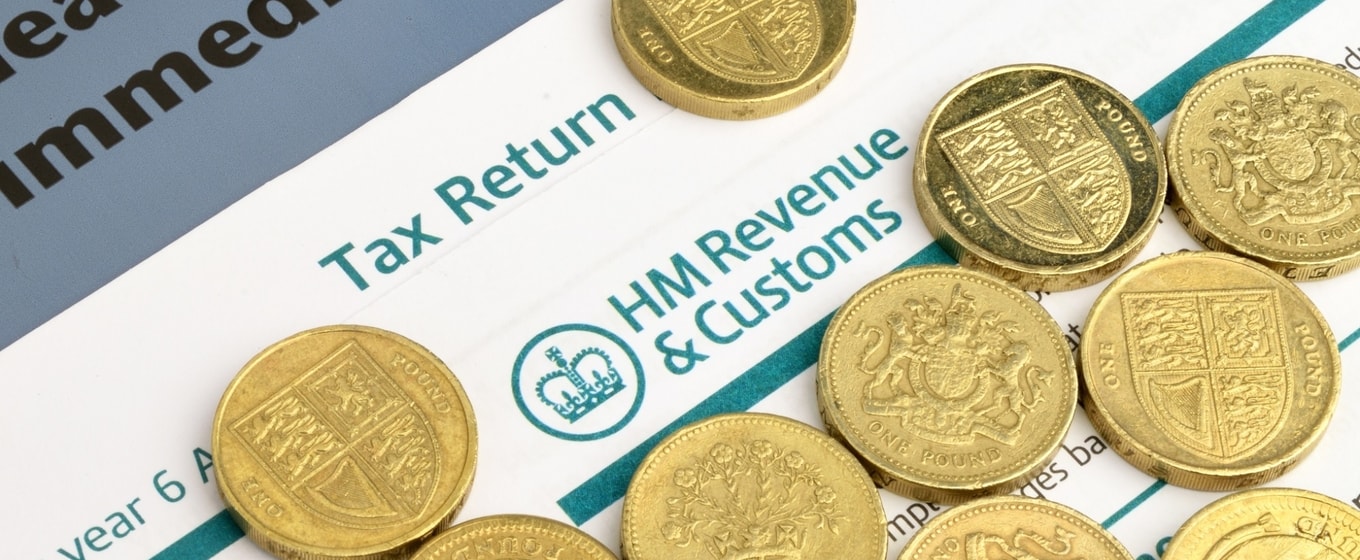Anyone responsible for filing VAT returns will understand the anxiety that comes with submitting your VAT return every three months. If you do make an error, it's important not to panic and correct your mistake so that you can avoid paying a large financial penalty. Here's how:
Are you confident when it comes to filing your business VAT returns?
With the first Making Tax Digital (MTD) quarterly submission having already taken place, there will have been additional worry amongst many businesses anxious about making a mistake. Making a mistake on your VAT return is easily done and there are possible penalties which could impact a small business if HMRC believes you’ve either been careless or have deliberately tried to mislead anyone. It's therefore important to do your research to ensure you fully understand what's expected of you.
Recent research from QuickBooks
In anticipation of the first MTD submission, recent research carried out by QuickBooks found that as many as half of all UK SMEs are making VAT return mistakes when filing their VAT return. Only a quarter of those surveyed said they were confident they had filled out their return correctly. Out of the 51% who had made mistakes 27% had overpaid and received money back from HMRC and 18% had received fines due to their mistakes, impacting negatively on their cash flow.
However, you can take steps to remedy your mistakes to avoid paying hefty fines. In the survey by QuickBooks it was found that, on average, businesses spend 86 minutes checking their VAT return before filing it with HMRC. If you do make any mistakes they should be picked up during this check, but if you notice a mistake after filing then there are two methods of making an amendment. Both are explored in more detail below.
What is a VAT adjustment?
You can make adjustments to correct any VAT errors that are either below the reporting threshold or aren’t deliberate. Simply adjust the net value and VAT amount in your next VAT return.
How far back can your VAT errors go?
As long as you have made a 'careless' VAT error then they can be corrected up to a maximum of four years later.
How do you correct a VAT error?
It depends on the net value of your errors in terms of how they are dealt with. There are two main methods, explored below:
1. VAT error correction under £10,000
If your VAT error is under the £10,000 reporting threshold then it can be adjusted and included on your businesses' latest VAT return. If you use this approach, there should be no penalties or interest to pay. You don't need to inform HMRC separately.
Making adjustments in this instance is easy, you will simply need to add the net value to box one showing the tax due to HMRC and the VAT to box six or add the net value to box four if tax is due to you and the VAT to box seven.
It’s necessary to also keep a record of the error, the VAT period it was made in, the amount and reason for the error, as well as the date it occurred for future reference.
Where an error is 'careless', you need to make a disclosure of the correction to ensure that a penalty isn't charged. This makes sure the charge is treated as an 'unprompted disclosure'. This notification can either be made by letter or using for VAT652 described below.
If you have any queries or concerns, you can contact the VAT error correction team for assistance.
2. VAT error correction over £10,000
If the VAT error is over £10,000 or was made deliberately then you are required to formally notify HMRC.
VAT error correction can be submitted using form VAT 652, providing details of:
- The VAT accounting period the error was made in
- The amount of the error adjustment
- The reason for the error
- The VAT period the adjustment was made in
You need to be aware that HMRC might choose to issue you with a penalty if they consider that you have acted carelessly or dishonestly. The penalty can range from:
- up to 30% if you have been careless
- up to 70% where it's a deliberate error
- up to 100% if it was is both deliberate and concealed
You should receive a reply from HMRC to confirm if your calculations are correct within 21 days.
What happens if you submit your VAT return late?
If you're late filing a VAT return or making payments to HMRC you'll enter a 12-month probation period. Should you file any further late returns or make late payments within this 12-month ‘surcharge period’ you will incur a default surcharge penalty and the probation period is reset for a further 12 months.
In addition to the late payment penalty, HMRC will also charge daily interest at a rate of 3.25% on the late payment of VAT, so it's important not to miss your deadlines.
About the Author
Alan Rolfe is Senior Tax Manager at HWB Chartered Accountants, one of the leading firms of Chartered Accountants and business and tax advisors in Southampton. Based in Chandlers Ford in Hampshire, the business has a long-standing pedigree going back more than three decades, and offers industry-leading accounting and taxation advice, such as specialist company and personal tax planning, corporate finance, payroll, human resources, IT and strategic development.






These cookies are set by a range of social media services that we have added to the site to enable you to share our content with your friends and networks. They are capable of tracking your browser across other sites and building up a profile of your interests. This may impact the content and messages you see on other websites you visit.
If you do not allow these cookies you may not be able to use or see these sharing tools.